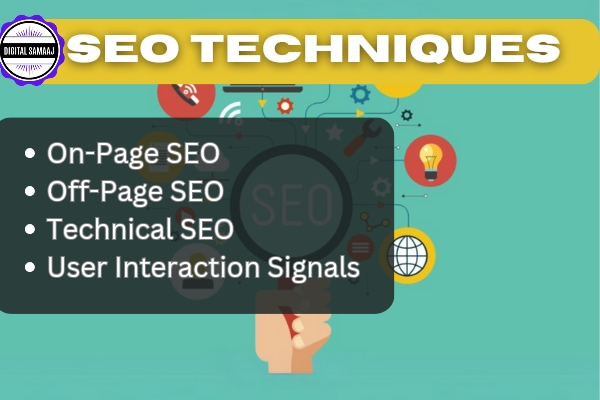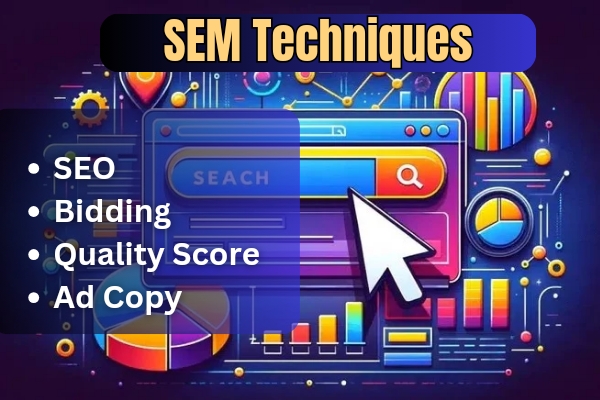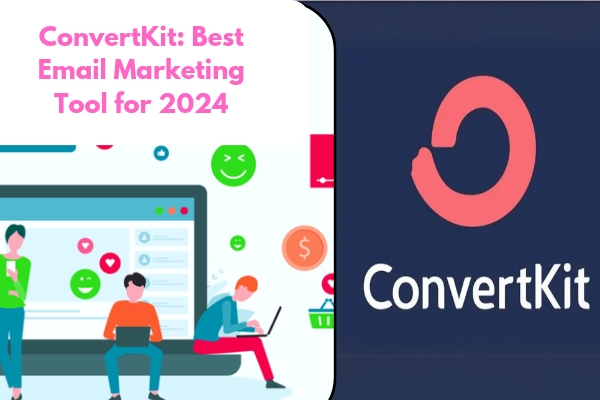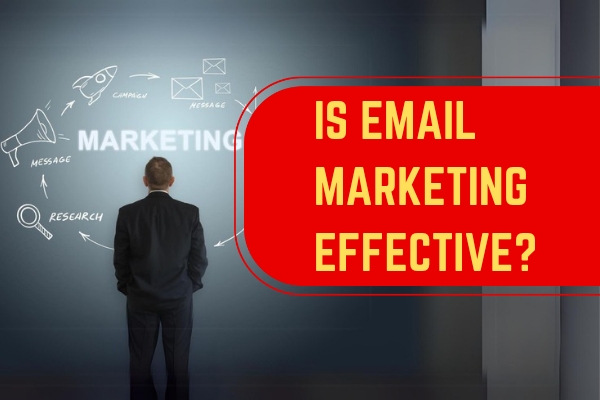In the realm of digital marketing, Search Engine Optimization (SEO) and Search Engine Marketing (SEM) are two powerful methods to attract quality audience from search engines. However, many people often confuse the two, thinking they are the same. In reality, there are significant differences between SEO and SEM. Let’s delve into the key differences between SEO and SEM and understand their unique roles.
Table of Contents
ToggleWhat is SEO (Search Engine Optimization) and Why is it Important?
If you aim to bring quality traffic to your business website or blog that can lead to excellent conversions, Search Engine Optimization is an effective method. SEO, or Search Engine Optimization, involves optimizing your website and its content to rank higher in search engine results. The primary goal is to make your website more attractive to search engines.
SEO encompasses various elements such as content, page speed, backlinks, website design, page structure, keyword placement, and more. Additionally, your website’s brand value and the clicks it receives from search engines also impact its ranking.
When people search for specific content or products on search engines, they tend to visit the websites that appear in the results. This means that visitors coming to your website from search engines are genuinely interested in your content, making them a quality audience.
Search Engine Optimization allows you to optimize your website and its content organically, without spending a lot of money. It’s a cost-effective way to attract quality traffic, but your content must be compelling to achieve high conversion rates.
What is SEM (Search Engine Marketing)?
While SEO focuses on optimizing your website for organic traffic without spending money, Search Engine Marketing involves paying for traffic. SEM includes both organic and paid traffic methods to bring visitors to your website.
SEM can be easily understood by its name. It refers to marketing your business or website to gain benefits from search engines. SEM includes SEO for organic traffic, as well as paid advertisements that appear at the top of search engine results.
Key Differences Between SEO and SEM
- SEO vs SEM: Primary Focus
- SEO: SEO aims to achieve organic search results. It involves optimizing the website to rank higher in search engine results without paying for ads.
- SEM: SEM includes both organic search results and paid advertisements. It uses a combination of SEO and paid ads to drive traffic.
- SEO vs SEM: Cost and Time
- SEO: SEO is generally a free method but requires significant time and effort to see results. It involves optimizing the website and creating quality content to attract organic traffic.
- SEM: SEM involves spending money to run ads on search engines. It provides instant results as your website appears in the paid section of search results.
- SEO vs SEM: Audience Quality
- SEO: The traffic from SEO is organic, meaning visitors find your website through unpaid search results. This audience is considered high quality because they are genuinely interested in your content.
- SEM: SEM includes both organic and paid traffic. The paid traffic is attracted through advertisements, which might not always result in high-quality audience.
- SEO vs SEM: Techniques Used
- SEO: Techniques include On-Page SEO, Off-Page SEO, Technical SEO, and optimizing user interaction signals.
- SEM: Techniques include bidding for keywords, ensuring high-quality scores for ads, and creating compelling ad copy.
SEO vs SEM Comparison Table
Search Engine Optimization (SEO) | Search Engine Marketing (SEM) |
Focuses on organic traffic | Includes both organic and paid traffic |
No direct cost, but requires time and effort | Involves spending money on ads |
Uses techniques like On-Page SEO, Off-Page SEO, Technical SEO | Uses bidding, quality scores, ad copy creation |
Results take time | Provides instant results |
High-quality audience from organic search | Includes both high-quality and paid audience |
SEO Techniques

- On-Page SEO: Optimizing your website content and structure to be easily indexed by search engines. This includes keyword placement and content optimization.
- Off-Page SEO: Building high-quality backlinks from related and high-authority sites to increase your website’s authority and visibility.
- Technical SEO: Ensuring your website is free from technical issues that might prevent search engines from crawling and indexing your site.
- User Interaction Signals: Improving the user experience on your website to reduce bounce rates and increase engagement, signaling search engines that your content is valuable.
Read More: 7 Powerful Reasons For Importance Of SEO
SEM Techniques

- SEO: Incorporating SEO strategies to drive organic traffic while also utilizing paid methods for immediate results.
- Bidding: Competing for keywords in paid search results to get your ads in front of the right audience.
- Quality Score: Maintaining a high quality score for your ads to improve their performance and reduce costs.
- Ad Copy: Creating compelling ad copy to increase click-through rates and attract more visitors to your site.
SEO vs SEM: Which is Better?
Both SEO and SEM are effective for attracting quality traffic from search engines. However, the choice between the two depends on your budget, business model, and marketing goals.
- If you have a limited budget and want to attract traffic without spending money, SEO is a better option. It requires time and effort but can bring long-term benefits.
- If you need instant results and are willing to invest money, SEM is the way to go. It combines the benefits of organic and paid traffic, offering quick visibility in search results.
Conclusion
In today’s digital world, online marketing is crucial for business success. Both SEO and SEM are excellent strategies for attracting quality traffic from search engines. By understanding the differences between SEO and SEM, you can make an informed decision on which strategy to focus on for your business.
This article on “SEO vs SEM” provides a clear understanding of the differences between these two essential digital marketing strategies. By leveraging both SEO and SEM, you can maximize your website’s potential and achieve your business goals.
Learn how to use SEO and SEM to get more visitors to your website and make more money. Our easy-to-follow digital marketing courses are perfect for businessmen, professionals, students, and homemakers.
Join our Digital Marketing Course Now!
Click Below To Share This Post To Your Friends







Your digital marketing course and your teaching methods are both excellent. Taking your business online has become the need of the hour. Thank you so much for your true guidance.